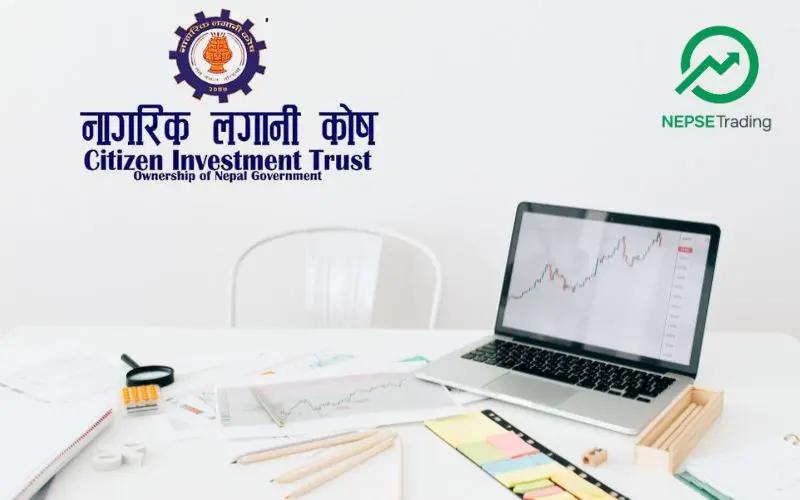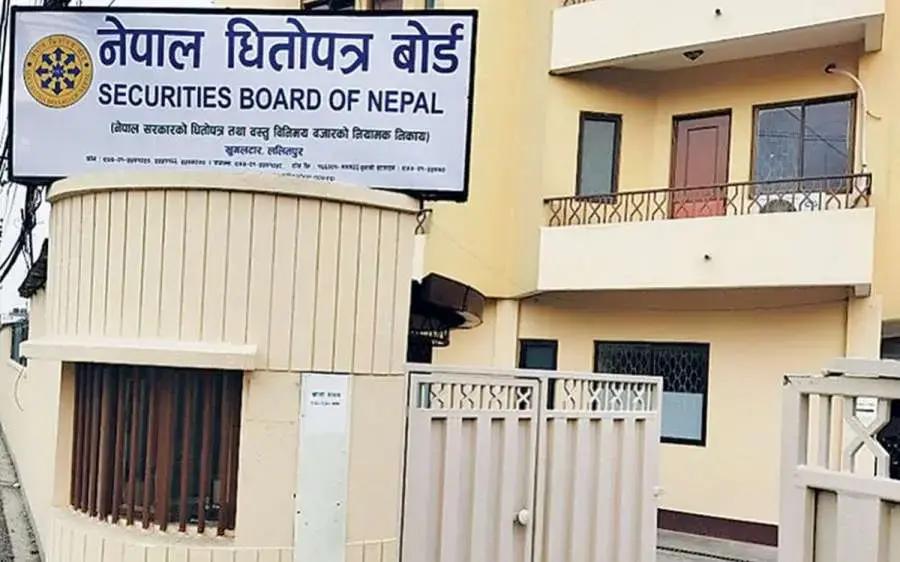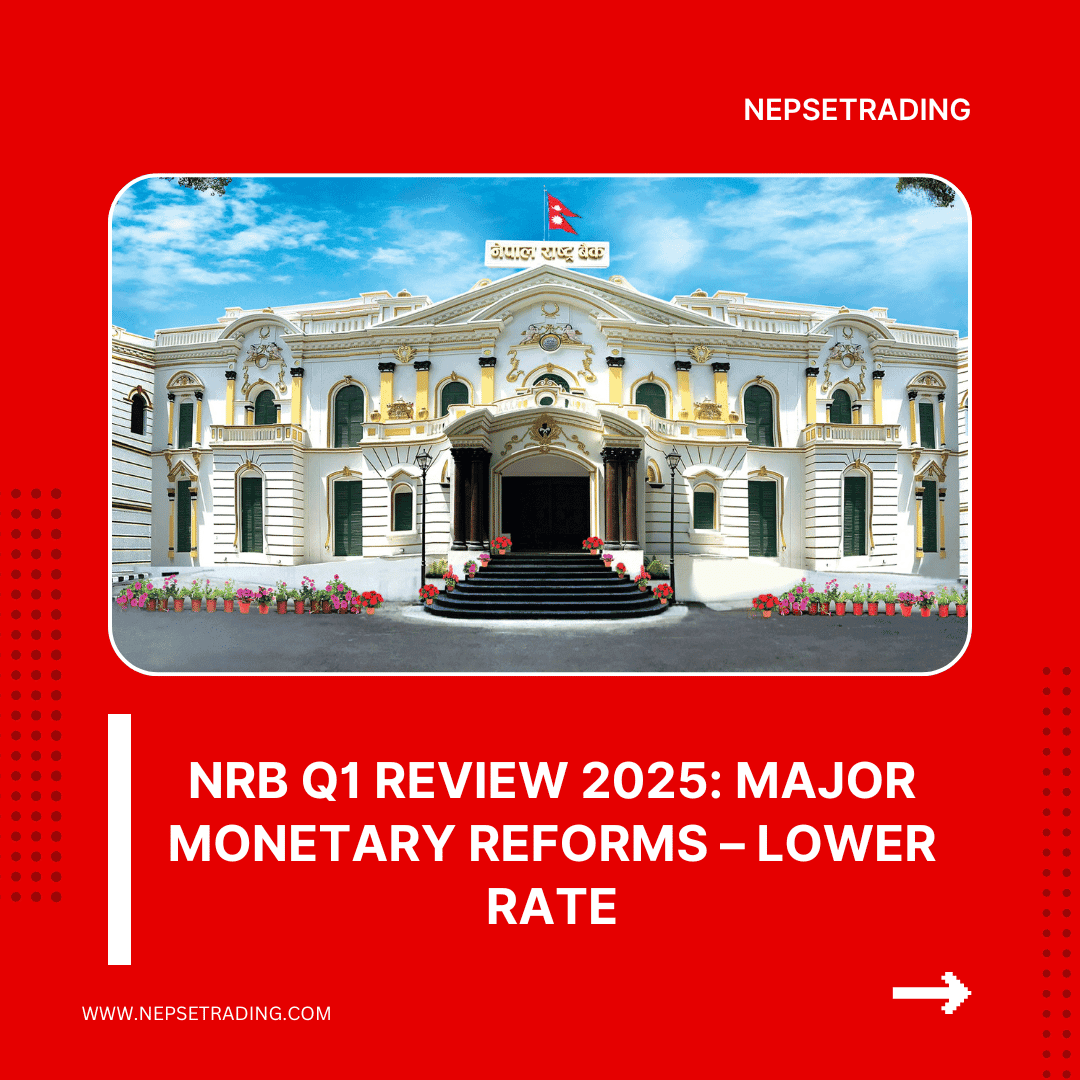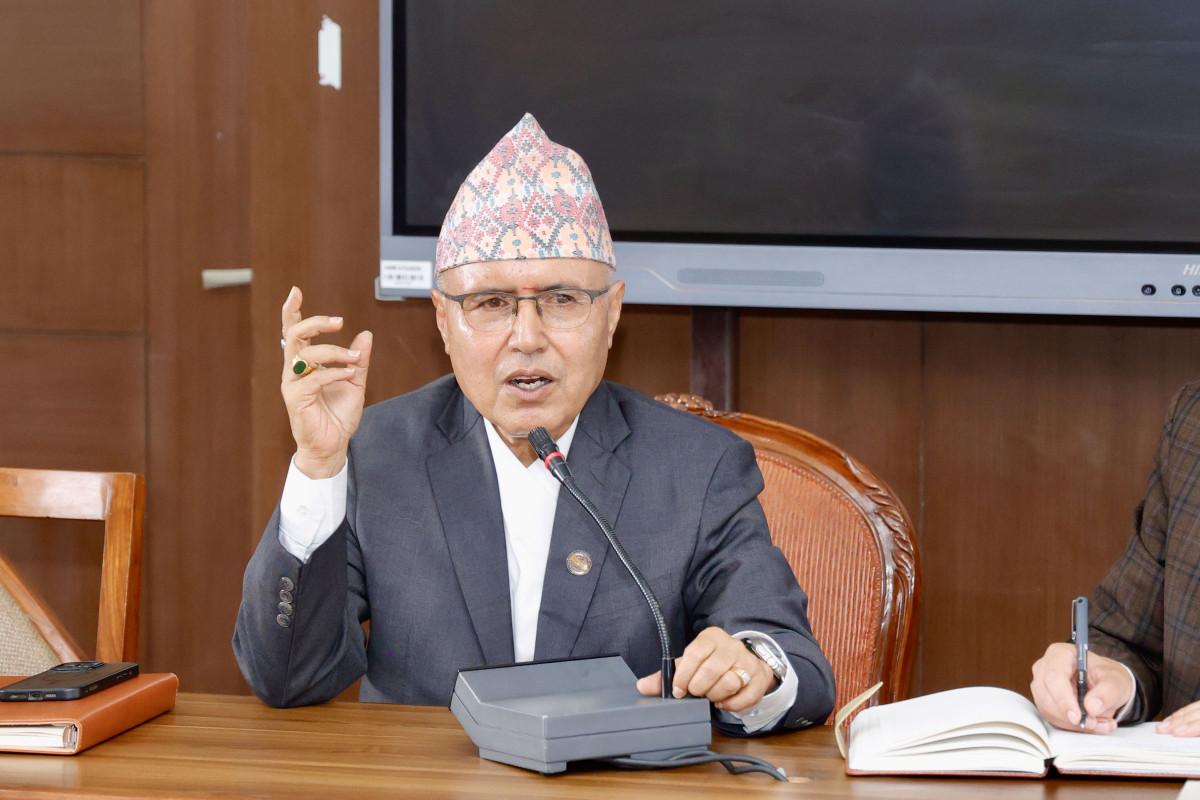By Sandeep Chaudhary
Cross-Border Inflation Trends: How Nepal and India’s Prices Move Together and Apart
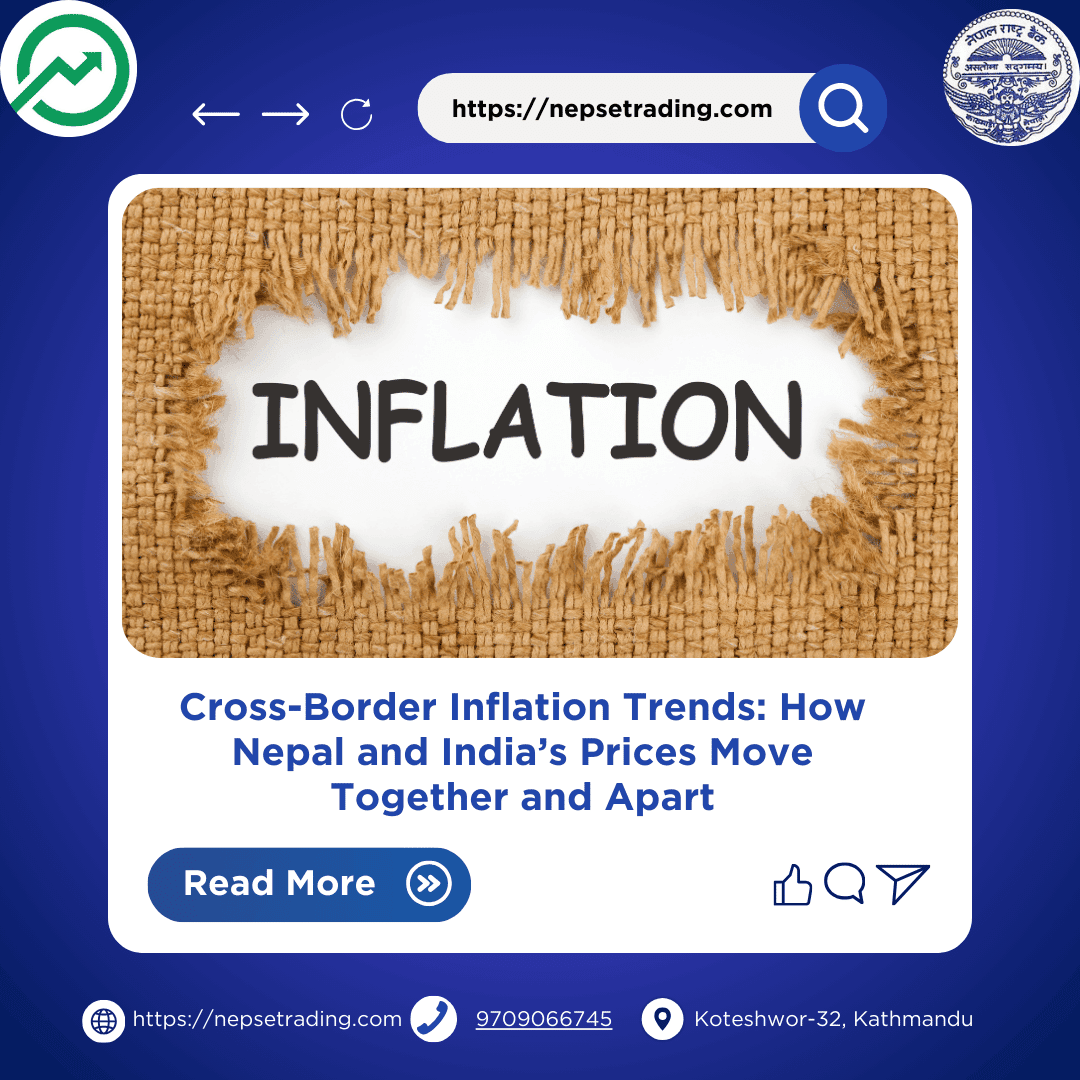
The comparative CPI data between Nepal and India reveals that while both countries share similar inflationary patterns, their trajectories diverge during certain months due to differences in food supply, import dependency, and domestic policies.
From 2022/23 to 2024/25, Nepal consistently recorded higher inflation than India. For example, in August 2022/23, Nepal’s inflation stood at 8.26%, compared to India’s 7.00%, a deviation of +1.26 percentage points. This gap persisted throughout the year, averaging 1.68 points higher in Nepal. In 2023/24, the difference narrowed as Nepal averaged 5.44% vs. India’s 5.11%, showing how both countries experienced post-pandemic supply recovery and stable global energy prices.
By 2024/25, inflation levels almost converged, with Nepal at 4.06% and India at 3.91%, just a 0.16-point difference. Month by month, the two nations moved almost in tandem, reflecting shared exposure to global commodity markets and cross-border trade linkages.
However, in August 2025/26, for the first time in four years, Nepal’s inflation fell below India’s. Nepal recorded 1.68%, while India stood at 2.07%, a -0.39 deviation. This reversal reflects Nepal’s sharp fall in food inflation—thanks to better harvests and stable imports—while India faced higher agricultural price pressures due to monsoon irregularities.
This trend highlights that while Nepal and India often move together in inflation cycles, driven by shared reliance on food and energy imports, their domestic supply conditions and policy responses can cause short-term divergence. For Nepal, falling food inflation has provided temporary relief, while for India, structural agricultural risks have kept inflation slightly higher.


